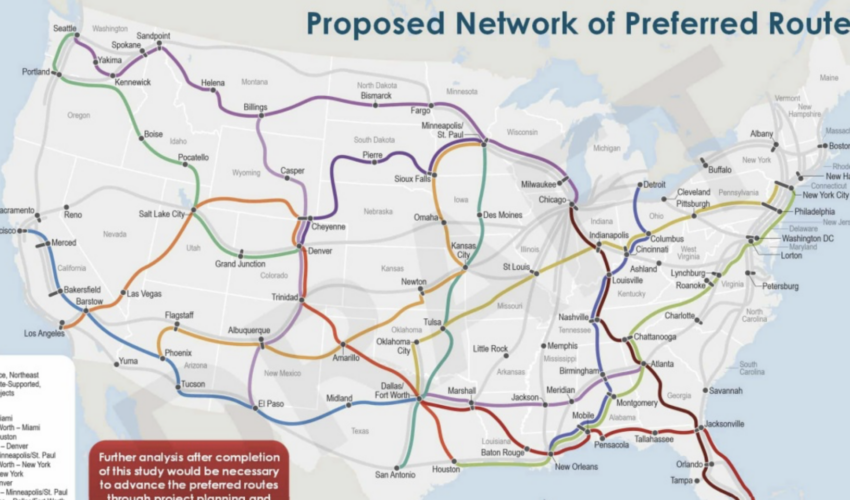How does child care connect to worker shortage? Readers told us
Jan. 27, 2022
Kayla Huizing started a business and a family within months of one another.
“We had always known that once we had a baby I wanted to spend more time at home and have a business,” said Huizing, who started Huizing Properties LLC with her husband, Albert, about a year ago.
The business was inspired by the Huizings’ experience renting out their basement on Airbnb. They now manage a handful of vacation and short-term rentals for others.
“I swear every week I have a new person reach out that wants to get into Airbnb because they hear how well it’s going in Sioux Falls,” Huizing said. “We’re continually looking at adding more.”
Baby Henry is now 7 months old and comes with his mom on visits to the rental properties the company manages and on the supply runs she makes to stock them.
“That was a big motivating factor was not having to stress about day care closing, to be able to have him with me while I ran the business,” Huizing said.
He’d been in child care for six weeks when she left her position leading the Young Professionals Network to focus on business ownership and family life.
“The pandemic did play a big role and really made people think about how they’re spending their time,” said Huizing, who is part of the latest Startup Sioux Falls CO.STARTERS cohort. “I was always anxious about a COVID exposure and the day care shutting down, and it was enough to make me say I’m going to be done working.”
While child care historically has been a element of how employees can structure their work life, the pandemic has made it more pronounced.
Of the nearly 500 respondents to the SiouxFalls.Business work/life survey, conducted in December, 23 percent were in households that required child care.
Of those 109 individuals, 43 percent said they had a moderately challenging time finding child care, 37 percent had an easy time and 26 percent had a very challenging time.
When asked about how child care fits in their budget, 49 people said it was a moderate part of the household budget, 42 respondents said it was a significant portion, and 24 said it was a minor portion.
A small number of respondents – 15 people – said someone in the household doesn’t work because of child care issues or someone works fewer hours because of it.
But 49 people said they have had to adjust their work schedules by days or times because of child care.
“Many of the respondents in this survey likely have more autonomy in their jobs,” said Denise Guzzetta, vice president of talent and workforce development for the Sioux Falls Development Foundation.
“Between the spouses they can cover. That’s where employees begin feeling like they’re more in control, and it’s what employees are seeking, but in situations where that’s not an option, we definitely see child care issues contributing to people’s ability to participate in the workforce.”
Child care is a particularly pronounced issue for entry-level positions or those in jobs with changing work schedules.
“They don’t have that level of flexibility,” Guzzetta said. “We’re hearing a lot about that.”
To see more results from the work-lfe survey, click below.
Sioux Falls respondents: Working more and stressed approaching two years into pandemic










